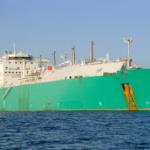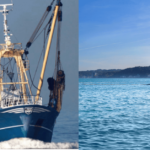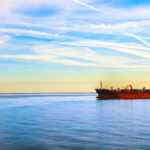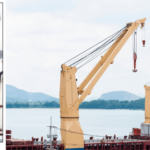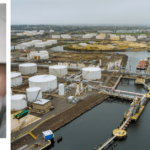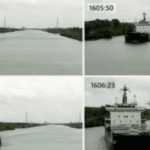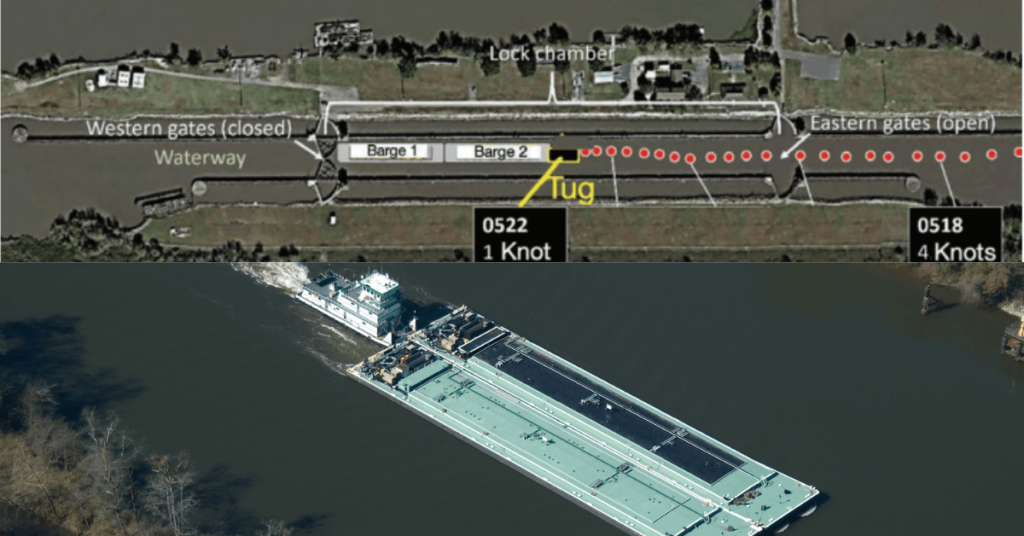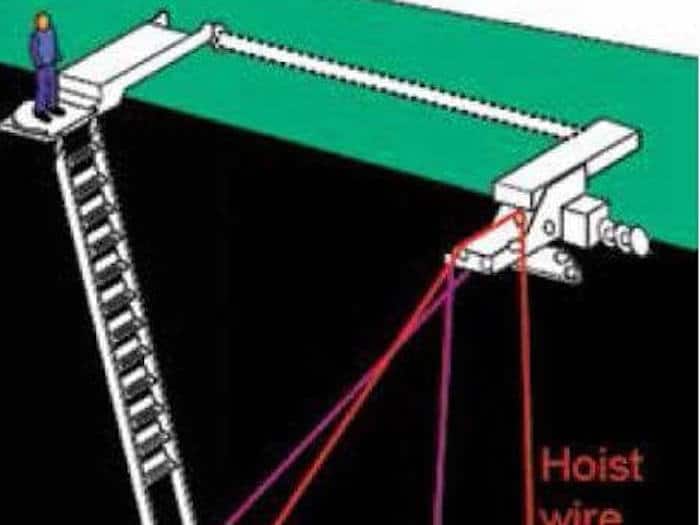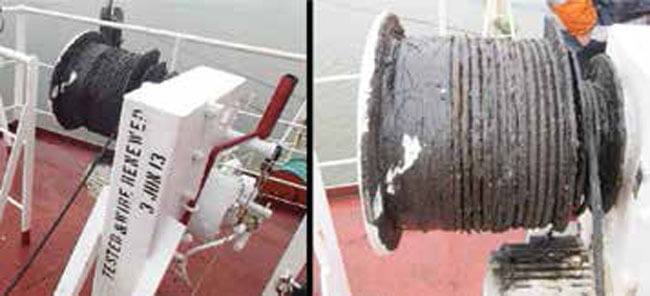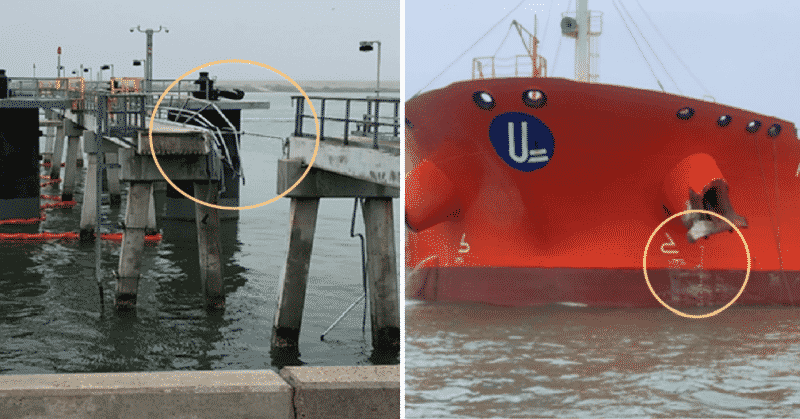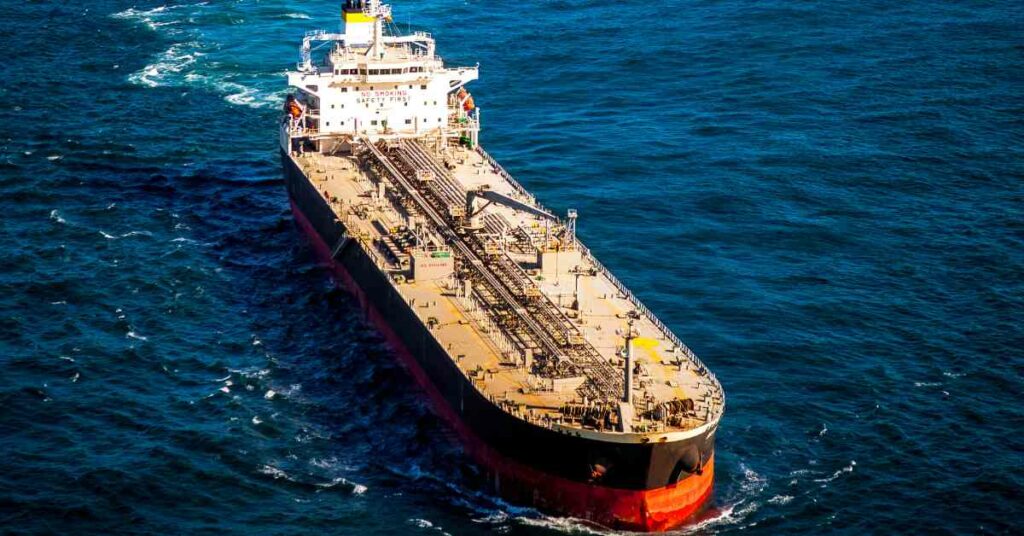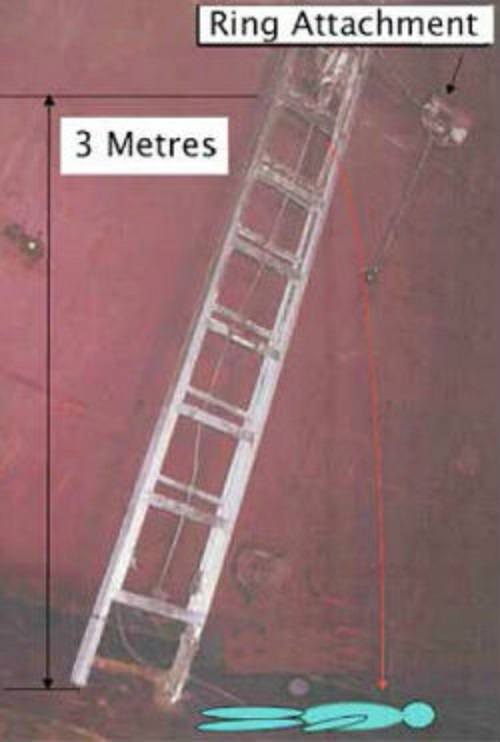Case Study: Work At Height = Heightened Risk
While the ship was at anchor, crew members were painting in holds 1 and 4. Some of them were working aloft using the ship’s portable modular scaffolding. The chief mate and five other crew started work in hold no 1. Five sections of scaffolding were used to allow access to an area of the bulkhead up to about 9 metres above the tank top. The scaffold tower was secured by two guy ropes that had been run up out of the hold and secured on deck. The chief mate oversaw the work from the tank top as the supervisor while two crew painted from the scaffold tower. Both wore safety harnesses with the safety lines leading up and secured to the main deck.
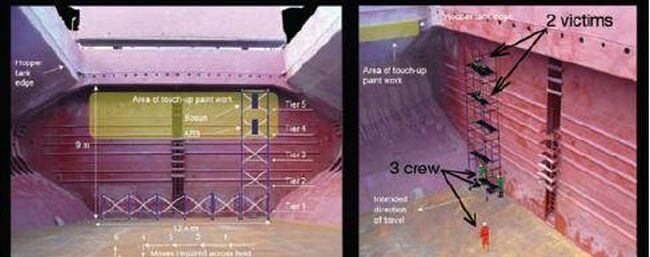
The remaining three crew members assisted with paint preparation, moving equipment and handling the security and safety lines.
As each area of work was completed, the scaffold tower had to be repositioned to access the next area. To do this, the safety lines of the two men aloft were released and they climbed down from the scaffold tower. The lines securing the scaffold tower were then released and the tower was repositioned and re-secured. The two men climbed back up the scaffold tower and, with their safety lines re-secured, continued the work.
This process was followed throughout the morning and painting touch-ups in Hold 1 were completed before lunch. After lunch, the same work began in Hold 4. This time, however, the chief mate was not present, because he was resting in preparation for his watch. Crucially, and in contrast with the morning’s activity, neither of the two crew aloft wore safety harnesses or used the safety lines.
When the scaffold tower needed to be moved again, the two men stayed on the tower. The scaffold wheel brakes were released. As the three crew below moved the structure it suddenly toppled forward to the deck, taking the two men perched on tiers four and five with it.
First aid was quickly administered and port control advised. A helicopter was despatched and the two victims were evacuated to a shore hospital. Both men had suffered multiple serious injuries. They remained in the hospital for 19 days and eight days respectively before being repatriated.
Some of the contributing factors listed in the official report were:
- Contrary to established procedures, two crew members remained on the unsecured scaffold tower in preparation for repositioning, rendering it top-heavy and unstable.
- Fire extinguisher lashed and access hindered by other gear
- Foam nozzle stored carelessly and amongst unrelated items
- The lack of formal supervision in the afternoon, plus a desire to expedite the task in difficult working conditions, probably prompted the crew members to remain unsecured on the scaffolding as it was repositioned.
- The report also identified several factors that increased risk, such as:
- The scaffold tower had several defects that reduced its stability.
- Guidelines for the provision, care and use of the scaffold tower were not supported by suitable onboard documentation.
- Neither crew member on the scaffold tower made use of the required safety harness and associated safety lines, which would have prevented them falling when climbing or working on the tower.
Lessons learned
- Where there is a strong safety culture, crew are likely to work safely, even when under their own supervision.
- Always wear fall-arrest protection when working aloft.
- Needing to get the work done is no excuse for skirting procedures.
Reference: www.nautinst.org
Do you have info to share with us ? Suggest a correction
About Author
Marine Insight News Network is a premier source for up-to-date, comprehensive, and insightful coverage of the maritime industry. Dedicated to offering the latest news, trends, and analyses in shipping, marine technology, regulations, and global maritime affairs, Marine Insight News Network prides itself on delivering accurate, engaging, and relevant information.

About Author
Marine Insight News Network is a premier source for up-to-date, comprehensive, and insightful coverage of the maritime industry. Dedicated to offering the latest news, trends, and analyses in shipping, marine technology, regulations, and global maritime affairs, Marine Insight News Network prides itself on delivering accurate, engaging, and relevant information.
- Real Life Incidents: Near Miss In Open Water And Good Visibility
- Real Life Incident: Poor Situational Awareness Leads to Collision
- Real Life Incident: Monkey’s Fist Knocks on Office Window
- Real Life Incident: Paint Storage Slip-Up On Ship
- Real Life Incident: Checklist Mentality Is A Burning Problem
- Real Life Incident: Vessel Speed Exacerbates Bank Suction
Latest Case studies Articles You Would Like:
Subscribe To Our Newsletters
By subscribing, you agree to our Privacy Policy and may receive occasional deal communications; you can unsubscribe anytime.




